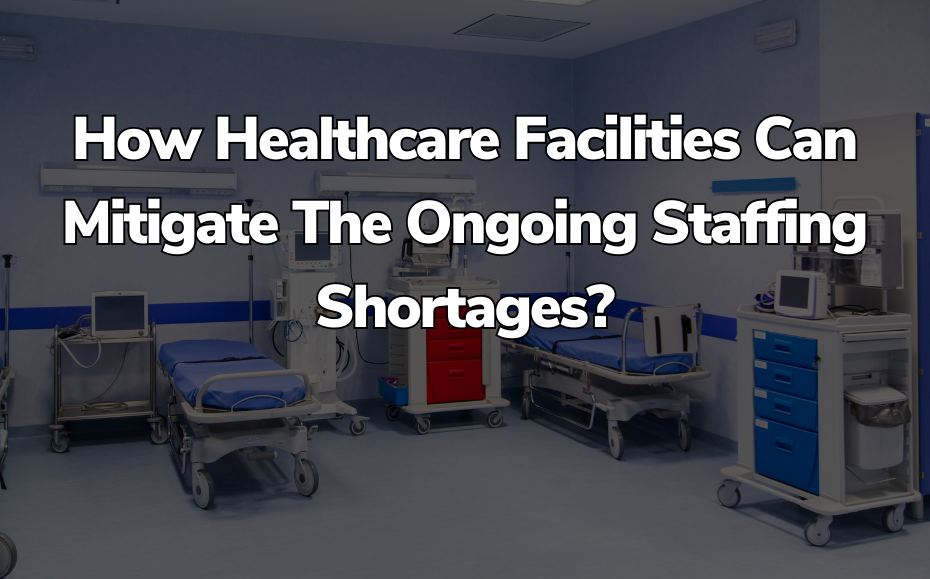Though the pandemic has ended, facility shortages continue to persist. At the time of writing, hospitals and other healthcare facilities are struggling to scrounge up the necessary manpower. Institutions are struggling to maintain sustainable patient to HCP staffing ratios, as veteran healthcare professionals continue to retire or ponder leaving.
Meanwhile, the HCPs that continue to work are being stretched thin. None of this is sustainable, in the slightest. For the future of healthcare, facilities must look at key strategies in order to combat the HCP shortages, both in the long term and in the short term.
Manage HCP workload
High staffing ratios are unsustainable. When HCPs are given an unsustainable workload, they are more susceptible to fatigue and burnout. Studies have shown that these are the most common motivating factors for leaving the industry, which feeds into the ongoing nursing shortage. Facilities can benefit from putting a cap on how many patients an HCP can work on, at the time. This ensures that patients are receiving the highest quality of healthcare, while HCPs are not stretched thin.
Hire per diem nurses
Limiting staffing ratios is easier said than done, when hospitals are dealing with a spike in patient counts. Bringing in more HCPs is the obvious response, but eventually the daily case number will revert back to the mean. This leaves facilities with an excess of staff, which can cost them dearly in the long run. Hiring per diem with apps like VitaWerks is the perfect middle ground for facilities in serious need of staffing solutions. You get to bring in HCPs as needed, which lets you fluidly adapt to ever changing market conditions. VitaWerks in particular provides instant matchmaking, 24/7 customer service and an easy-to-navigate marketplace app.
Foster a positive work culture
Culture is everything in any workplace. A culture guides every HCP in the building, with strong core values. It unifies different people from different upbringings and backgrounds, under a shared goal and vision. A strong work culture empowers everyone who works there, and motivates them to work for far more than just the next paycheck. There are no immediate solutions or suggestions, when it comes to promoting a positive culture. From day one, it has to be fostered and carried out by the executives at the top, before it trickles down to every level of the healthcare facility. It may seem nebulous, but its benefits are as important to a successful hospital operation as anything else listed above. If the culture is strong, HCPs are less likely to leave for greener pastures.
Prioritize HCP educators
Nurse educators will be key to the success of healthcare facilities, in the coming years. Teachers and in-facility trainers are going to be in charge of raising and training the HCPs of the next generation. To make up for the nursing shortage, this will be the best long term solution available to facilities. Hospitals must do everything in their power to support the nurse education pipeline. They need to invest in their training and education programs. With a good enough pipeline, facilities may find rookie HCPs contributing earlier than expected.
Make HCPs feel valued
Every worker wants to feel appreciated by their employer, and HCPs are no exception. Specifically, HCPs want to feel like their contributions are seen, appreciated and tangible. Studies have shown that HCPs feel massively undervalued and misunderstood by their employers, superiors, and patients. This has become a major motivating factor behind the turnover of HCPs we have seen in recent memory. In response, facilities have a responsibility to make HCPs feel valued and seen. For example: simply taking worker feedback can send a strong message. A response shows that they are heard and their concerns are taken seriously.




